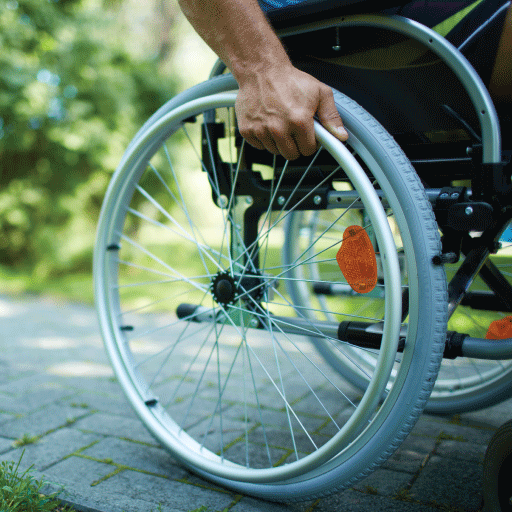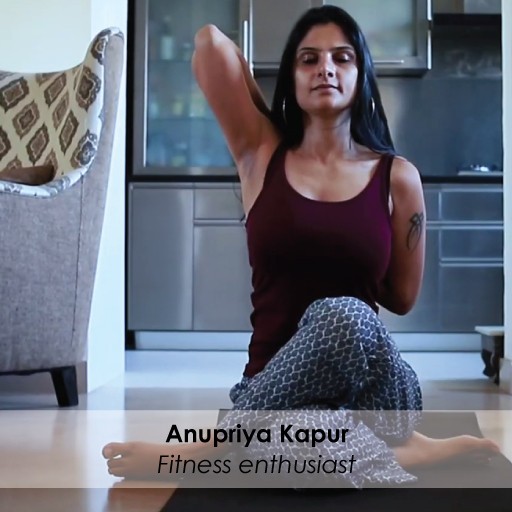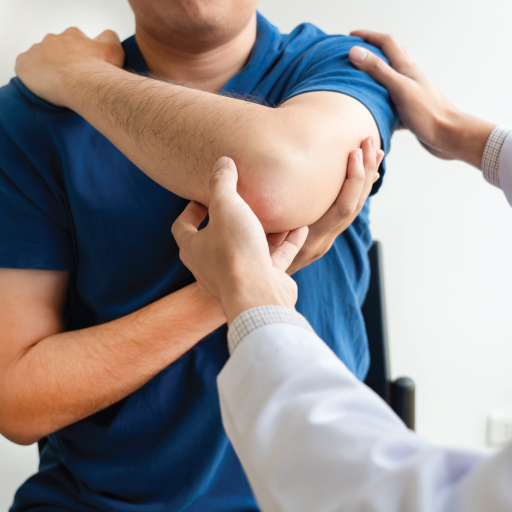
Physical activity has several health benefits for disabled people. It boosts the mood, increases stamina and helps in fighting chronic diseases like type 2 diabetes, heart problems and cancer. Even with limited mobility, there are a variety of exercises you can choose as per your need.
Moderate Exercises For The Differently Abled
-
Sit and stand exercise:
Sit on a chair with your feet flat on the floor and hip-width apart. Slowly, try to bend your upper body forward, bringing your legs to a fully standing position. Then, go back and relax. This will help you develop balance and will strengthen your legs
-
Walk Short Distances With Support:
To practice walking, take two chairs and keep them 1 to 2 feet apart. Sit on one end, then gradually get up and walk to the other end. Get seated and repeat as per your stamina. With progress, you can start walking outdoors using support gear as well.
-
Try Aqua Aerobics And Other Water-Based Exercises:
Water supports your body weight and makes exercising easier. It is also helpful in reducing body pain and increasing flexibility in the body. You can take up a class or join a group for the same.
-
Take A Zumba Class
Movements done with legs can also be done with your arms and upper body. Stretching exercises before going for Zumba help in loosening up the muscles easily.
To Increase Your Muscle Strength You Can Follow The Below-Mentioned Exercises
-
Try Triceps Dips With A Chair:
Hold the armrests of a chair and push your arms upwards, stretching them fully. Lower yourself back to the seated position. Make sure the armrests of the chair are not wider than your shoulder width. This can also help when you want to transfer yourself from the wheelchair.
-
Perform Knee Raises:
With the help of your hip and thigh muscles, lift your feet a few inches up from the floor. Slowly, put your feet down. Do not push yourself if you feel pain or discomfort. This exercise will help with walking by strengthening your leg muscles.
-
Train Using Weights:
Weight training exercises, like dumbbell shoulder presses and dumbbell triceps extensions, improve muscle strength. Consult with a trainer and doctor to decide a good exercise regime suitable for you.
Consult your doctor about taking physiotherapy. Taking physical therapy along with exercises can quicken your progress. Here are some benefits of:
Physiotherapy shows great results for pain reduction. It can also help you in coping with muscle strain from exercises.
- It can improve mobility and flexibility in the body, loosen your joints and relieve stress knots in the back.
- Physical therapy can also improve your balance in doing exercises and daily activities as well.
It is advisable to consult your doctor before starting any exercise routines or physiotherapy. Being consistent with these treatments will give better results.





 1800-270-7000
1800-270-7000








